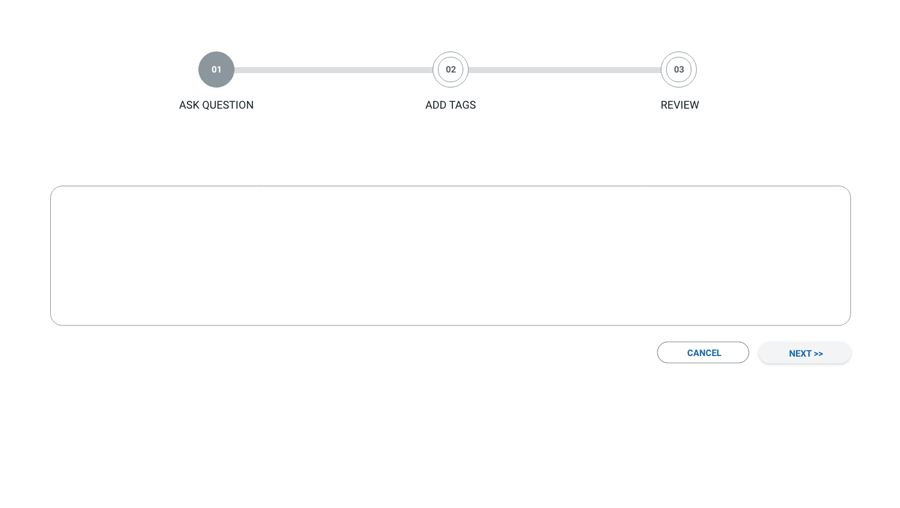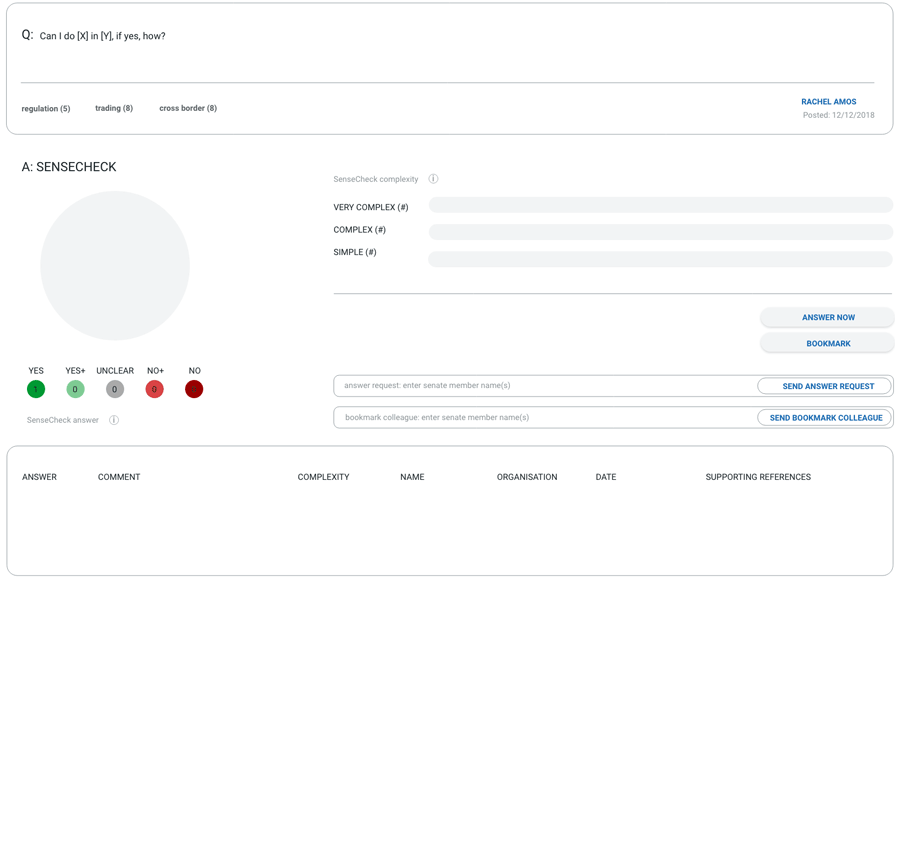Can you explain the difference between public and private credit?
A: SenseCheck

- 1 Yes
- 0 No
- 0 Other
- 07 Jul 2023
-
Yes
|
Complex
This is a useful article and also includes the following definitions:
To help you better understand the types of opportunities offered within credit, we’ve provided a brief overview of each category across the spectrum:
Public credit: Debt issued or traded on the public markets.
Private credit: Privately originated or negotiated investments, comprised of potentially higher yielding, illiquid opportunities across a range of risk/return profiles. They are not traded on the public markets.
Corporate: Bonds issued by a corporation in order to raise financing for a variety of reasons such as for ongoing operations, mergers and acquisitions, or to expand business.
Securitized: When cash flows from various types of loans, such as car payments, credit card payments and mortgage payments, are bundled together and resold to investors as bonds. The largest securitized sectors are mortgage-backed securities and asset-backed securities.
Investment grade: Corporate bonds with a high-quality credit rating (BBB or higher) by established rating agencies.
High yield: Corporate bonds with a lower credit quality rating (below BBB- or Baa3) by established rating agencies.
Bank loans: Where commercial banks or other financial institutions lend specified sums of money to companies in exchange for repayment of the loan principal amount plus interest.
EM (Emerging Markets): Bonds issued by companies domiciled in emerging market countries.
Stressed: Debt issued by quality companies that are facing short-term business complications where their bonds are trading at a significant discount to par.
Agency Mortgage-Backed Securities (MBS): Securities comprised of bundles of home loans issued by one of these three agencies: Government National Mortgage Association (known as GNMA or Ginnie Mae), Federal National Mortgage (FNMA or Fannie Mae), and Federal Home Loan Mortgage Corp. (Freddie Mac).
Non-Agency Mortgage-Backed Securities (MBS): Mortgage-backed securities issued by private entities like financial institutions. These non-agency MBS or private-label securities are not guaranteed by any government-sponsored enterprise.
Asset-Backed Securities (ABS): Bonds created from car payments, credit card payments or other loans. As with mortgage-backed securities, similar loans are bundled together and sold. ABS are typically “tranched” into high and lower-quality classes of securities.
Commercial mortgage-backed securities (CMBS): Bundles of mortgages on commercial properties, rather than residential real estate. The underlying securities may include a number of commercial mortgages of varying terms, values, and property types — such as multi-family dwellings, office and industrial.
Collateralized Loan Obligation (CLO Debt): Single securities backed by a pool of debt. They are often corporate loans with lower credit ratings or leveraged buyouts made by a private equity firm to take a controlling interest in an existing company.
Specialty ABS: Specialty, or nonfinancial assets, that may include ranches, farms, real estate interests or natural resources rights.
Direct corporate lending: Unsecured lending to a company that relies primarily on the company’s future cash flows, not on specific collateral.
Residential lending: Loans for personal, family or household use secured by a mortgage, deed of trust or other equivalent consensual security interest on a dwelling or on land on which a person intends to build a dwelling.
CRE (Commercial Real Estate) lending: Lending toward income-producing property used solely for business, including shopping centers and mall, office buildings and complexes, and hotels. Financing is typically gained through commercial real estate loans: mortgages secured by liens on the commercial property.
Consumer lending: Loans for personal, family, or household purposes, which can come from a variety of sources, including financial institutions or lending platforms. These loans are typically unsecured (with some exceptions), meaning they don’t require collateral.
Specialty finance: Financing activity that takes place outside the traditional banking system. Specialty finance firms are thought of as non-bank lenders that make loans to consumers and small to midsize businesses that cannot otherwise obtain financing
Capital relief: Deals put together by banks to sell on to investors to reduce the bank's regulatory capital requirements. These transactions enable banks to use the capital markets to shed some of their risk by buying credit protection on a portfolio of loans.
Rescue finance: Financing provided to a company that urgently requires it to avoid default, provide liquidity, or comply with applicable capital requirements.




|
Comment